New science shows that epigenetics helps you regain muscle
We take a deep dive into the science behind epigenetics and how it affects your muscle growth and atrophy. Join Naomi as she explains what happens to your body on a molecular level when you work out. This is the third and final video of this series on muscle memory!
SOURCES
IMAGES
https://commons.wikimedia.org/wiki/File:Blausen_0801_SkeletalMuscle.png
Blausen.com staff (2014). "Medical gallery of Blausen Medical 2014". WikiJournal of Medicine 1 (2). DOI:10.15347/wjm/2014.010. ISSN 2002-4436., CC BY 3.0 <https://creativecommons.org/licenses/by/3.0>, via Wikimedia Commons
https://commons.wikimedia.org/wiki/File:DNA_methylation.jpg
Christoph Bock, Max Planck Institute for Informatics, CC BY-SA 3.0 <https://creativecommons.org/licenses/by-sa/3.0>, via Wikimedia Commons
https://commons.wikimedia.org/wiki/File:1jyn.jpg
Deposition authors: Juers, D.H., Matthews, B.W.; visualization author: User:Astrojan, CC BY 3.0 <https://creativecommons.org/licenses/by/3.0>, via Wikimedia Commons
https://upload.wikimedia.org/wikipedia/commons/5/5c/Process_of_transcription_%2813080846733%29.jpg
Genomics Education Programme, CC BY 2.0 <https://creativecommons.org/licenses/by/2.0>, via Wikimedia Commons
https://commons.wikimedia.org/wiki/File:Chromatin_and_histones.jpg
Darryl Leja, NHGRI, Public domain, lähde: Wikimedia Commons
REFERENCE VIDEOS:
Overview of muscle structure, satellite cells, and myonuclei activity:
https://www.youtube.com/watch?v=0WYGHWKmEfI
Muscle memory lecture by Krisitian Gundersen (proposing that myonuclei are not lost during detraining):
https://www.youtube.com/watch?v=ZqWa74fP38Q&t=24s
RESEARCH PAPERS
The myonuclear domain in adult skeletal muscle fibres: past, present and future:
https://pmc.ncbi.nlm.nih.gov/articles/PMC9931674/
Fusion and beyond: satellite cell contributions to loading-induced skeletal muscle adaptation:
https://faseb.onlinelibrary.wiley.com/doi/10.1096/fj.202101096R
Papers supporting theory that myonuclei are not lost during detraining:
Myonuclei acquired by overloading exercise precede hypertrophy and are not lost on detraining:
https://www.pnas.org/doi/full/10.1073/pnas.0913935107
Papers supporting theory that myonuclei are lost during detraining:
Skeletal muscle activity and the fate of myonuclei:
Effects of inactivity on fiber size and myonuclear number in rat soleus muscle:
https://journals.physiology.org/doi/full/10.1152/japplphysiol.00394.2005
Papers supporting epigenetic contributions:
Myonuclear permanence in skeletal muscle memory: a systematic review and meta-analysis of human and animal studies:
https://onlinelibrary.wiley.com/doi/10.1002/jcsm.13043
Myonuclear transcriptional dynamics in response to exercise following satellite cell depletion:
https://pmc.ncbi.nlm.nih.gov/articles/PMC9931674/
Skeletal muscle memory:
https://journals.physiology.org/doi/full/10.1152/ajpcell.00099.2023
Impact of physical activity and exercise on the epigenome in skeletal muscle and effects on systemic metabolism:
https://pmc.ncbi.nlm.nih.gov/articles/PMC8773693/
Busting muscle myths:
https://www.researchgate.net/publication/366520222_Busting_muscle_myths





